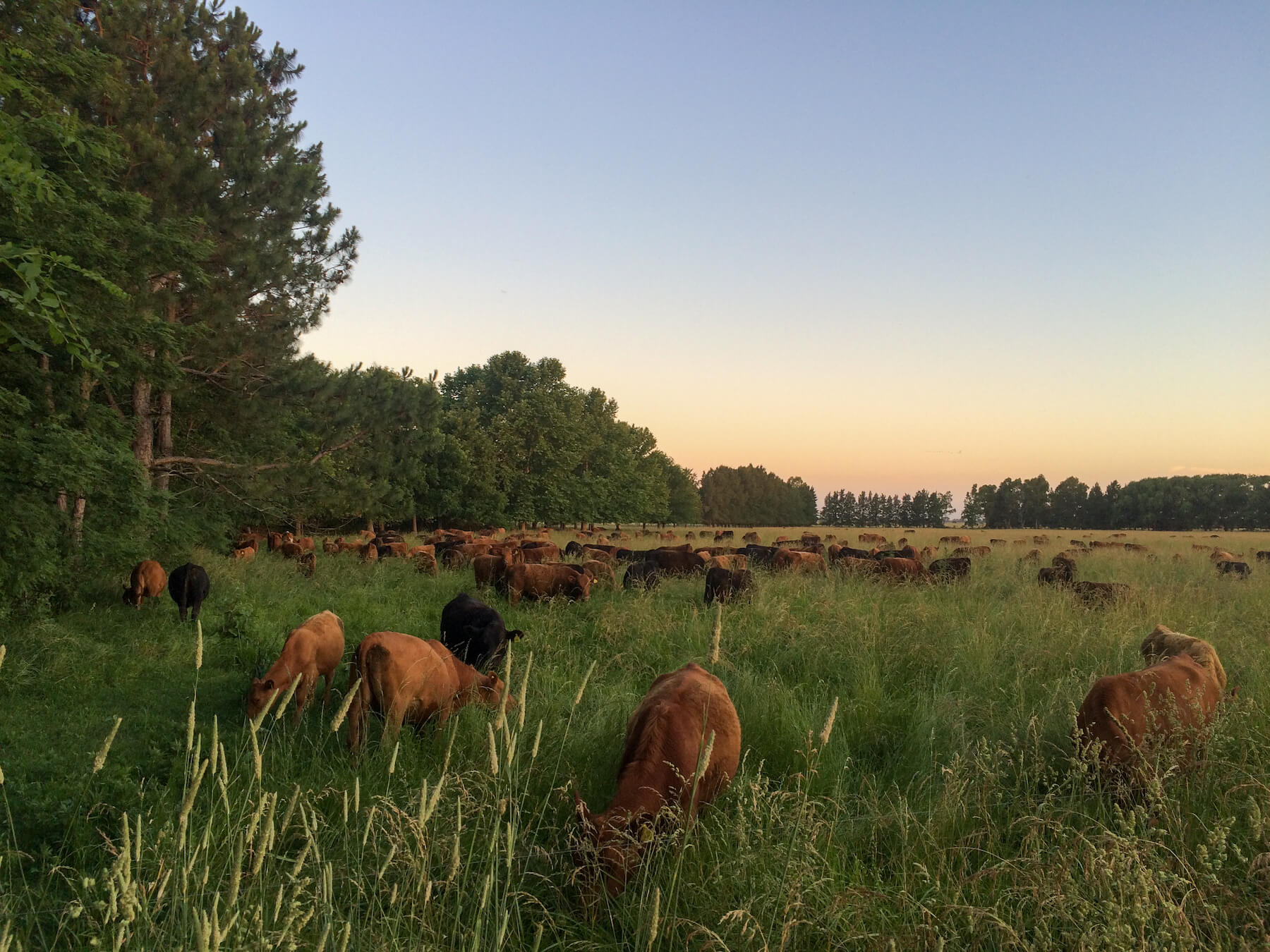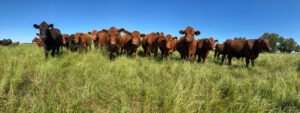scroll

Working with Boomitra equips ranchers to pass on a productive, resilient livelihood to the next generation of their community.
In 1994, driven by his passion for nature and sustainable food, Fernando L. Bianchi established La Julia Farm, located 120 kilometers outside of Buenos Aires. He purchased a herd of cattle and ventured into the world of ranching with his wife, Valerie. Initially, Fernando followed conventional extensive ranching practices, including the use of synthetic chemicals, artificial water systems, specific cattle breeds, and supplemental feed like hay.
Fernando’s perspective shifted dramatically in 1996 after he was gifted a book on rotational grazing by Andre Voisin. After that, he read voraciously about alternatives to conventional ranching: books by experts like Jim Garish and Joel Salatin about regenerative ranching, holistic management, pasture-based practices, and certified organic. Inspired, Fernando committed to prioritizing soil stewardship on La Julia Farm. Regenerative ranching is a “huge, never-ending learning curve,” the team at La Julia told us.

In 2021, La Julia Farm began working with Boomitra and Alianza del Pastizal, a cohort of rural producers committed to agricultural production and conservation of the Pampas, to continue to improve the ranch’s soil health. “We started managing the farm as a whole,” said Fernando’s son, Francisco, “taking into account all the ecosystemic processes, energy flows, community dynamics, water systems, and so forth.”
The La Julia team significantly transformed their methods, starting with subdividing their land into smaller, productivity-based paddocks, facilitated by mobile electric fences. They employed an intensive, high-density rotational grazing system using Aberdeen Angus cattle. In this system, the stocking density is extremely high, and the animals only graze for a few hours, mimicking the grazing behavior and patterns of wild herds. Trampling and manure deposition fertilizes the soil in situ, stimulates plant growth, helps control pests and weeds, and reduces soil erosion. The soil in turn becomes healthier, and is more resilient to drought. Biodiversity corridors serve as ecological buffer zones, while lagoons function as hydration stations for wildlife and contribute to moisture retention in the environment.
“We have to regenerate the resources that we’re using from the land. Healthy soils = healthy animals = healthy humans,” emphasized Francisco.

Thanks to Boomitra, La Julia Farm was able to quantify their benefit to the soil. “What we’re seeing,” said Francisco, “it’s the result and a statement that our management processes are working. Weʻre sequestering carbon.”
It’s simple for La Julia: “Our number one priority is to increase organic matter, which is going to sequester more carbon from the atmosphere, which is going to give us more fertile soils and roots that can explore deeper down to bring up nutrients. It’s a virtuous cycle,” articulated Francisco. Through their commitment to soil health, La Julia Farm not only weathered recently extreme droughts but also avoided the need to purchase cattle feed—a level of resilience that sets them apart from nearby ranches.
Today, Francisco and his two siblings, Carolina and Matias, are expanding their father’s legacy by thinking about the future. “A lot of other producers and other ranchers can take this step: they can shift to a more holistic management style, taking care of their soils. That’s why we like to work with Boomitra.”
The La Julia Farm team encourages other ranchers in Argentina to join Boomitra’s projects. “We have a responsibility of providing people with healthy foods, and we have the opportunity to show what we’re doing: we have the responsibility of telling other ranchers, ‘Hey, this works!’” In fact, they hope for more competition. “We have to be replaceable,” noted Francisco. “This has to go on. This has to continue throughout generations. It’s the only way.” For the team, the ranch is proof that working with nature creates a longevity that extends beyond a single person.

The Bianchi Family. From left to right Francisco, Carolina, Fernando, Valerie, and Matias.
Watch to learn more about La Julia Farm:



